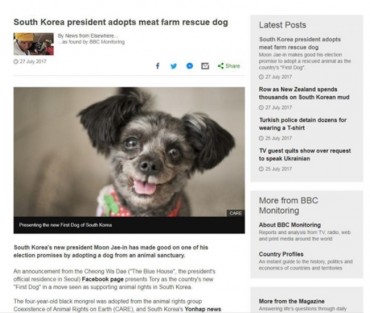
A district spokesperson said, “After observing the case in Quebec, Canada where 7 percent more couples had a second child when paternity leave doubled, the decision to introduce the grant system for fathers taking paternity leave was made.” (Image: Yonhap)
SEOUL, March 26 (Korea Bizwire) — Going on research that states that couples are more likely to have a second child when male spouses spend more time on housework and childrearing, Seocho District announced that it is working on passing a local ordinance that would entice fathers living within the district to take paternity leave with a 300,000 won monthly grant given out for a year.
Should the ordinance pass in the district council, it would mark the first time in South Korea for a local government to adopt such a measure.
The 300,000 won monthly stipend would be given to fathers per child.
A district spokesperson said, “After observing the case in Quebec, Canada where 7 percent more couples had a second child when paternity leave doubled, the decision to introduce the grant system for fathers taking paternity leave was made.”
Men on paternity leave make up 13.3 percent of all people on leave.
Including the paternity leave grant initiative, Seocho District will inject 5.3 billion won to boost flagging birth rates through a number of programs, such as aiding in matchmaking efforts and lending a hand to betrothed couples with wedding halls.
South Korea’s long-term outlook is grim due to its low birth rate. According to Statistics Korea, the total fertility rate last year was 1.05. There were 357,000 newborns, 11.9 percent fewer than in the previous year.
In more bad news, for the first time, the number of elderly (7.07 million, 13.8 percent of the population) was higher than the number of children ranging from newborns to 14-year-olds (6.75 million, 13.1 percent) in 2017.
Lina Jang (linajang@koreabizwire.com)







